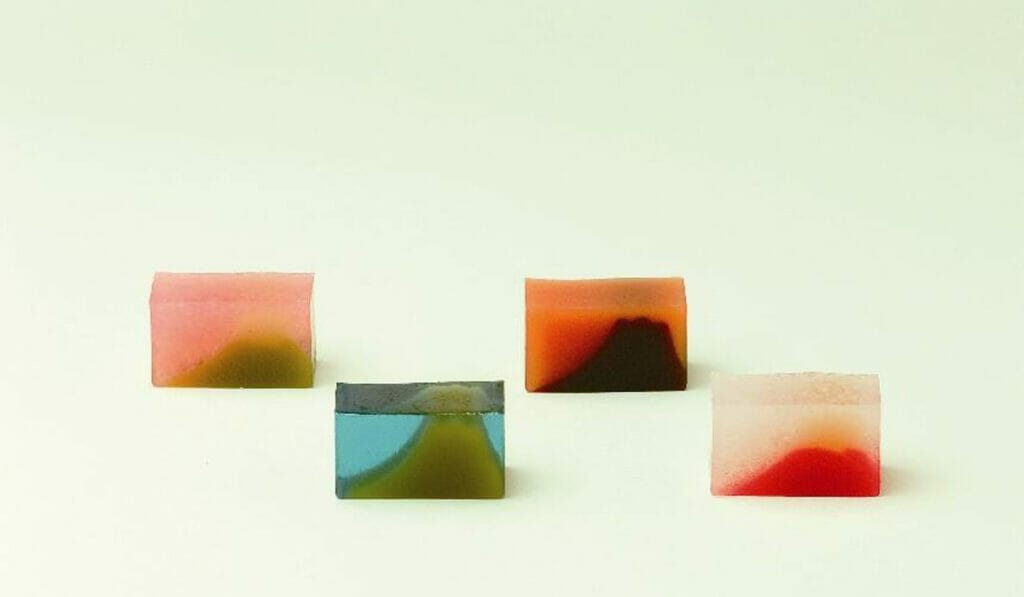Last month, The Yokan Collection exhibition introduced to Singapore the history behind one of Japan’s heritage sweets – the yokan, a jellied treat made with agar agar and adzuki bean paste. The exhibition, held in National Museum of Singapore, brought together the creations of 15 traditional Japanese yokan houses.
Since the 10th century, yokan is a popular treat that is often served during tea ceremonies, together with other traditional sweets (known collectively as wagashi). But now, in the modern world, yokan and their makers have to compete with modern confectioneries that are more readily available.
Amongst Japan’s enduring yokan houses is Toraya Confectionery, an 18th generation family business that has supplied wagashi to the Japanese royal court for over 400 years. Far from old-fashioned, Toraya has taken yokan around the world – from establishing a shop in Paris to creating a café. The Peak speaks with the company’s 18th successor, the 32-year-old managing director Mitsuharu Kurokawa to find out more about the business and the future of yokan.
What is wagashi and how does yokan play a part in it?
Wagashi is a type of Japanese sweet. Yokan is one of the main items of wagashi. Compared to western sweets, yokan would be like chocolate bars. One characteristic of wagashi is the use of vegetarian ingredients such as ‘an’ or adzuki bean paste. Animal gelatin, which was used initially, was also replaced with agar agar in the 15th century. Since it’s mainly made with vegetarian ingredients, anyone regardless of dietary restrictions can enjoy it.
It’s impressive for a family business to go on through 18 generations. Why did you decide to continue as Toraya’s successor?
Since I was little, it was my dream to inherit it because it is being heavily succeeded by the first-born son of the family. One of the biggest cause is my dad. I think he’s a great man and I wanted to be like him, so that’s what drove me when I was younger. In middle school, I thought about how to become like him and decided to learn English and business.
Another reason is that I love sweets. Since I was little, I was fed different types of sweets, though not necessarily Japanese ones. At the dinner table, we always discuss what we think about the sweets – whether it is very delicate or too sweet. It’s my habitat, my thing in my life. Luckily, I liked it. Maybe I could have hated it. Then, I wouldn’t know what I was going to do but I like sweets. I love eating sweets. It’s a very good inspiration for me.
How do you think perceptions about wagashi can be changed?
We established Toraya in Paris since 1980. When we had the teahouse, Parisians never had wagashi before. Their impression of adzuki beans was that it is used as animal feed. After 30 years of trying and selling yokan, we notice the product’s potential as a cultural product that is of very high quality. I even see famous Hollywood celebrities eat it. I think that the good quality and potential of wagashi is something I want to express to the world.
How do you recommend yokan to be enjoyed?
Yokan is definitely good with matcha, sencha and red and black teas. I wouldn’t recommend wine pairings as the sweetness of yokan masks the taste of the wine. But, I think brandy, whisky and even cognac works as good pairings. In Singapore, I recommend slicing it into small portions and refrigerate it so that it becomes cooler and a bit stiffer. It’s good to eat it with tea and possibly something not as sweet like bread with some cheese. You can even dice it and eat it with fruits or into granola.


